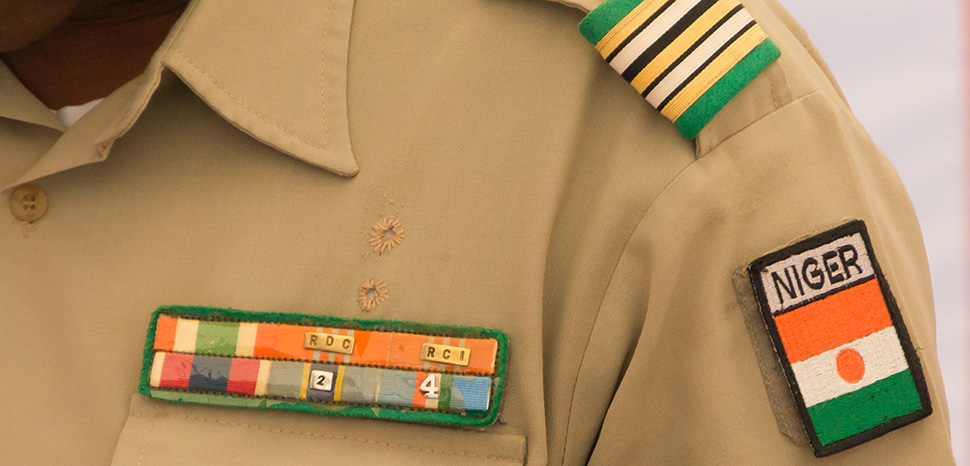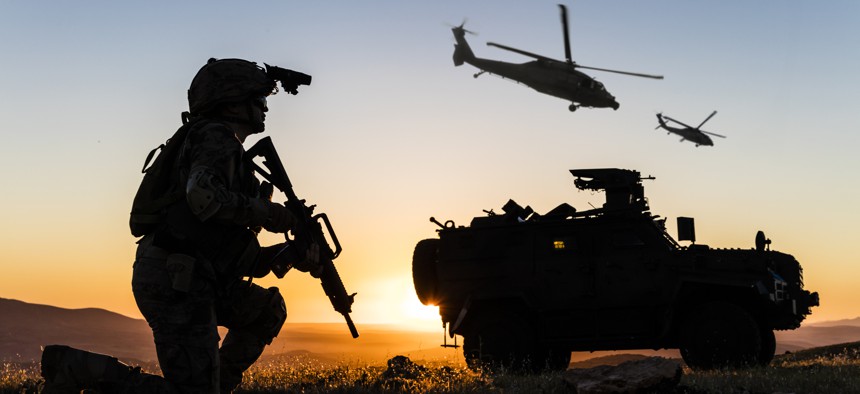STEWART PATRICK, ALEXANDRA HUGGINS
The “Global South” is making a linguistic comeback.
The renewed currency of the catchall term—one of many that have been used colloquially to describe the world’s political and economic divisions—is unsurprising. Escalating geopolitical rivalry between the United States and China has revived bipolar dynamics reminiscent of the Cold War, when much of the world became pawns in a superpower competition. Moscow’s aggression against Ukraine has only intensified pressure on developing nations to pick a side between the democratic West and authoritarian China and Russia—a choice that many resist. Meanwhile, a succession of systemic shocks—including the coronavirus pandemic, economic fallout from Ukraine, and the deepening climate emergency—have underscored the gross inequities at the core of the world economy and the vulnerability of lower- and middle-income nations to political, economic, and ecological crises not of their own making.
Academic use of the term has exploded, and leaders of international organizations and major democracies are deploying the phrase with notable frequency. “Many countries of the Global South face huge debts, increasing poverty and hunger, and the growing impacts of the climate crisis,” UN Secretary-General Antonio Guterres lamented last November, as the world’s population topped 8 billion. World Bank President Ajay Banga has used the term, as has U.S. President Joe Biden and his senior administration officials, including the national security adviser and the secretary of commerce. More significantly, some leaders of the very nations the label purports to describe have embraced it. Standing beside Biden at a June 22 White House press conference, Indian Prime Minister Narendra Modi declared that “lending a voice to the priorities of the Global South” is a central objective of India’s G20 chairmanship.
The phrase has once again become a convenient shorthand for a broad swath of nations seeking to overhaul the unjust structures of the global economy, hedge their strategic bets, and promote the emergence of a more multipolar system. But analysts and policymakers would be wise to invoke the term with greater restraint, both to avoid unwarranted generalizations and to steer clear of past mistakes.
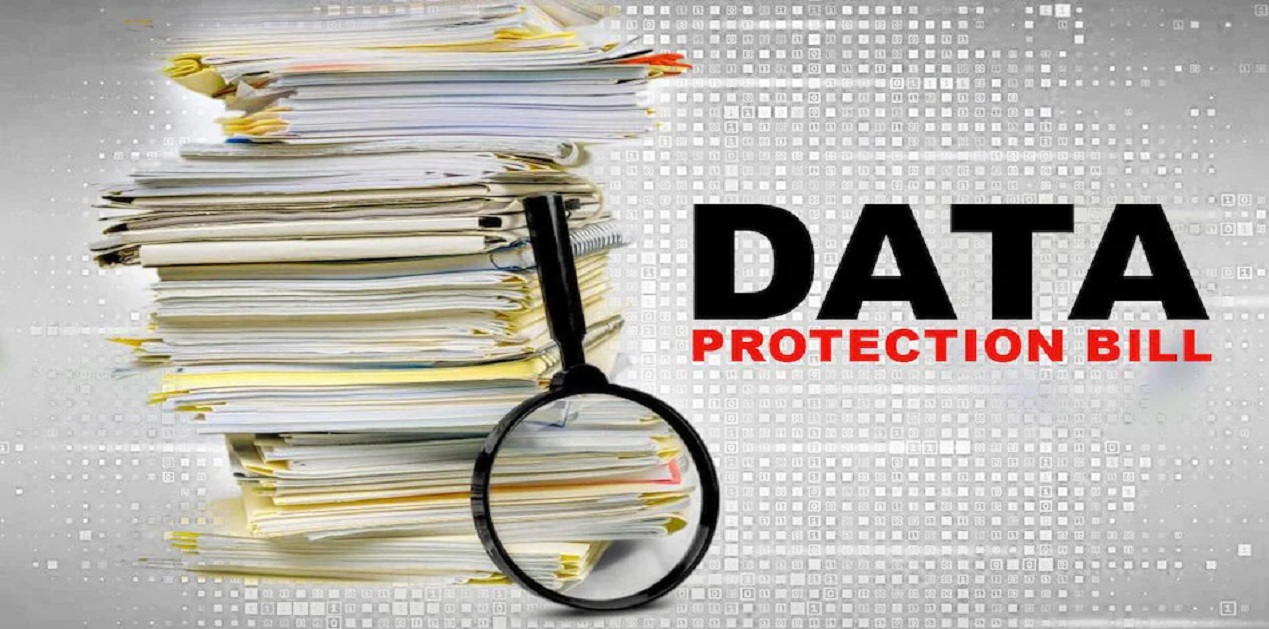





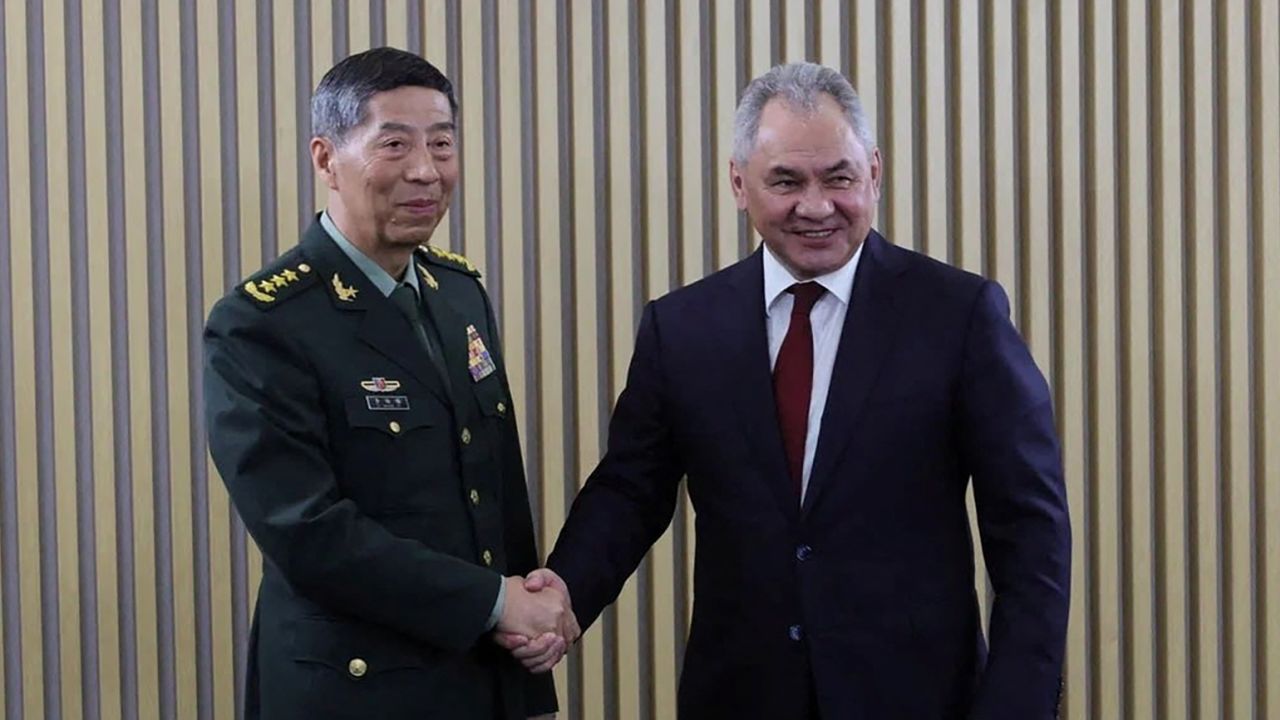
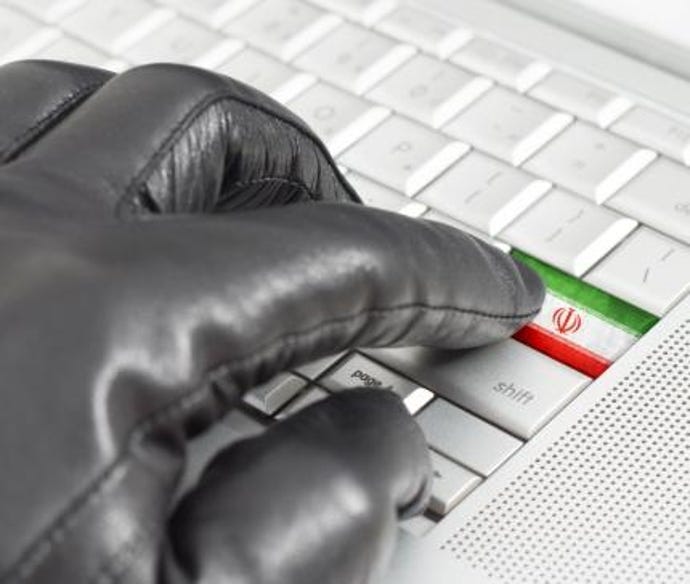







:quality(70)/cloudfront-us-east-1.images.arcpublishing.com/archetype/W5UL4LPPIZEEBAFW2JXJGLYS4M.jpg)

